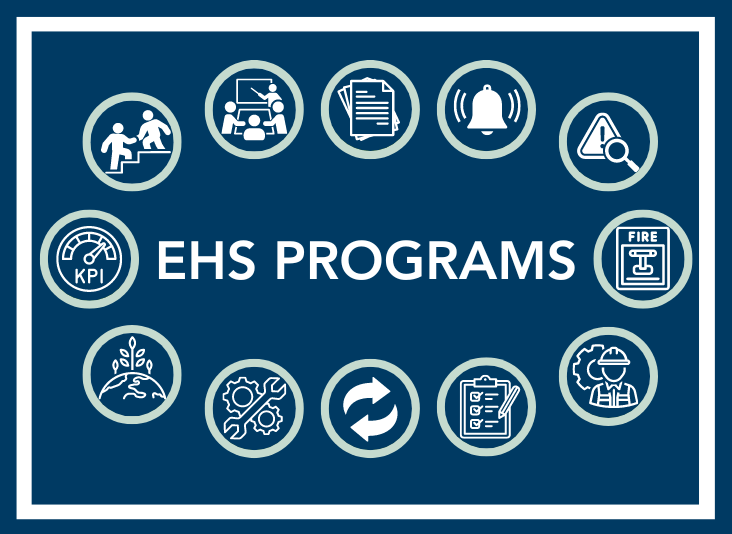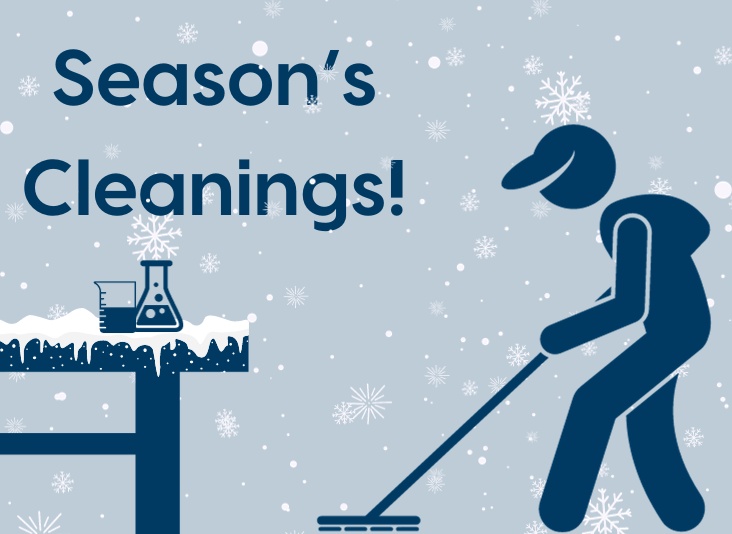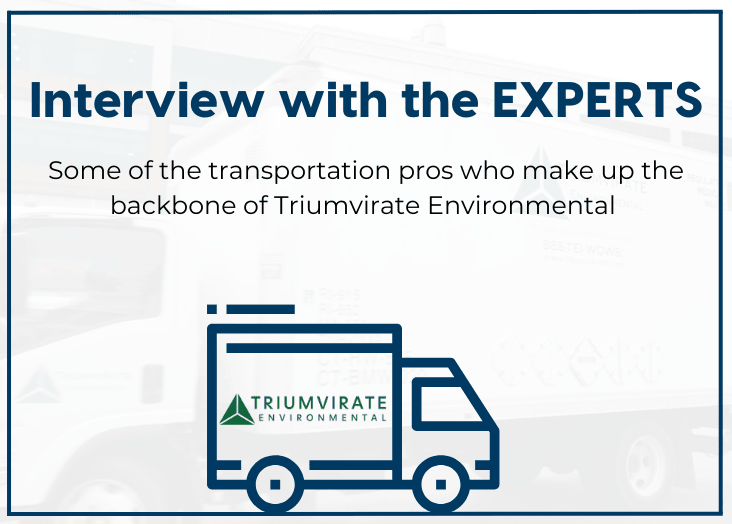Are You Prepared? 12 Considerations For Your Environmental, Health, & Safety Program
In today’s world, a key business metric for stakeholders—including investors, employees, customers, and government officials—is how well your organization’s environmental, health, and safety (EHS) programs are performing. There is nothing worse than feeling confident that your EHS programs are working optimally and that you are succeeding in safety and compliance, only to discover that you could be doing more.
As an individual responsible for EHS, you must ask yourself: “Do we have the right written programs, procedures, training, and information to prove we are proactively protecting the health and safety of our employees, contractors, and the community in which we operate?” The answer to this question has important implications.
Without a well-run EHS program, tailored to your business, you may face, among others:
- Litigation
- Unsafe work conditions
- Civil and criminal penalties
- Operational disruption
- Brand damage
But in achieving a thorough and customized EHS program, you can attain full compliance—while having a strong liability claims defense.
EHS Programs Are Crucial—Especially in Times of Crisis
Your most important asset is your employees. They are the motor that powers the engine of safety and operational excellence at any facility—there would be no business without the employees who make it run.
All effective EHS programs support these employees, ensuring workplace safety and health; EHS excellence directly correlates with business excellence, especially in terms of quality, efficiency, cost control, and profitability.
A thorough program incorporates all aspects of EHS—including:
- Employee health
- Waste management and disposal
- Industrial hygiene
- Onsite consulting support
- Program augmentation
A good EHS program is specific to each organization, facility, lab, or worksite, with consideration for the exact work that is being done. The challenging work to develop and implement these plans pays off—workplaces with thorough EHS programs in place are safer than those that are not.
Unfortunately, no workplace is 100% safe—things can easily slip through the cracks, especially in growing or large-scale facilities. The frequency of incidents and accidents can be reduced with careful and well-trained workers.
If a serious incident occurs in your facility, or an auditor appears for a regulatory inspection, one of the first things they will request is a copy of your written programs and employee training records. The absence of these can be incredibly detrimental to:
- Brand image and company reputation
- Workplace and employee safety
- Your bottom line, as this often results in hefty fines and penalties
Elements of a Good EHS Program
To help prepare ahead of any “bad thing” occurring, there are many capabilities, approaches, and components that need to be in place for any quality EHS program. The core requirements are:
1. Management Leadership and Commitment
Organizational management must strongly commit to EHS program success and prepare to unwaveringly lead their teams. Proper leadership begins with creating the right organizational structure to support:
- Staffing
- Documentation
- Resources
- Administration
For the best results, EHS processes must be integrated into line and operating management responsibilities and written performance evaluations. Effective planning includes the establishment of key performance indicators (KPIs), which establish a baseline to ensure the program is on the right track—we will discuss this in more detail below.
2. Employee Engagement and Training
Your employees must be professionally trained and motivated to work safely in an environmentally-responsible manner. All training and awareness programs must include not only a thorough explanation of the training subject matter but also the importance of following all EHS regulatory and company requirements. All training content, instructors' qualifications, and other relevant information must be carefully documented. Additionally, before they start any actual work, all new hires should be required to participate in an on-boarding program that covers basic EHS topics.
3. Documented EHS Procedures and Work Instructions
Do you have fully documented standard operating procedures (SOPs) and work instructions? Do they cover all operations and maintenance activities, for both routine and emergency situations? An EHS program will not be complete or as effective if the answer to these questions is "no."
4. Risk Management
This starts with proper EHS design reviews and risk assessments for all operations. Upon review of these assessments, visible safety defects can be identified and eliminated—or at least significantly reduced.
5. Hazard Identification
For continuous safety improvements, risk-reducing routine procedures should be executed whenever hazards are identified. Regular managerial review of team members and overall workplace performance can also help to determine risk areas—and help to make them safer.
6. Emergency Response Plans
Are the appropriate percentage of employees trained in first aid and CPR? Are there team members who can respond immediately to an incidental spill response in their work area? Have you built relationships with local municipal first responders? Taking these steps is crucial for mounting a fast, thorough, and efficient response to any incident—because even in the best-run facilities, dangerous events are inevitable.
7. Contractor Management
Safety best practices should remain a consideration in the selection of contractors and the evaluation of their performance. Hire and evaluate only those partners that show commitment and dedication to safety and overall EHS objectives. This is non-negotiable.
8. Incident Investigation, Reporting, and Follow-Up
Are all incidents, near-misses, and “good catches” thoroughly documented? This includes documenting the appropriate corrective and preventative actions. Without this key documentation, an organization cannot learn from its mistakes.
9. Change Management
Equipment, methodologies, and other aspects of EHS programs should be continuously improved upon. Any changes to equipment use and processes, however, must be controlled by signature authorization and include pre-job planning and training as well as pre-commissioning EHS reviews.
10. Preservation of Mechanical Integrity
Without the proper tools, in good working order, operations face disruption or conditions that may become suboptimal. This introduces safety risks and unscheduled downtime. Therefore, systematic and comprehensive systems for reviewing and assuring equipment integrity must be established and maintained.
11. Environment & Sustainability Considerations
Are you currently meeting all regulatory compliance standards for air, stormwater, groundwater, and hazardous waste? The answer to this question must confidently be yes, as the sustainability commitments that once felt like a luxury are now non-negotiable in the EHS world. Your site needs to show a dedicated effort toward reducing its environmental footprint and enhancing the communities in which it operates. But this is not just to feel good—there are compliance implications as well. Without these environmental and sustainability considerations, organizations risk noncompliance with ever-evolving green laws and standards.
12. Performance Measurements
Objectives and key results (OKRs), including KPIs (as discussed above), are essential to determining EHS program quality and ensuring success. Any OKRs or KPIs should combine both leading and trailing indicators reviewed and communicated regularly with all stakeholders.
Partnering for EHS Program Success
Triumvirate Environmental has the right professional resources to help ensure you have the best EHS program for your specific worksite—including thorough implementation and maintenance of such a program. If you have questions or concerns about these issues or want to learn more about how Triumvirate Environmental can help you succeed, contact us today.






